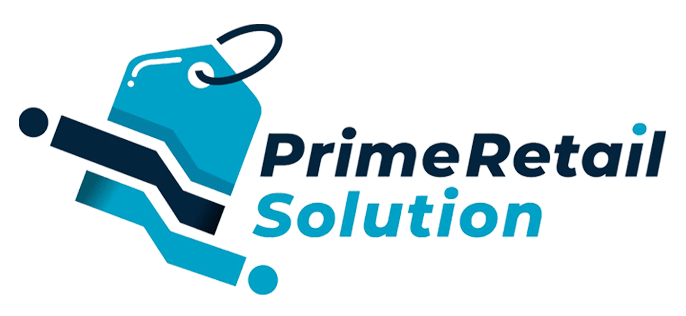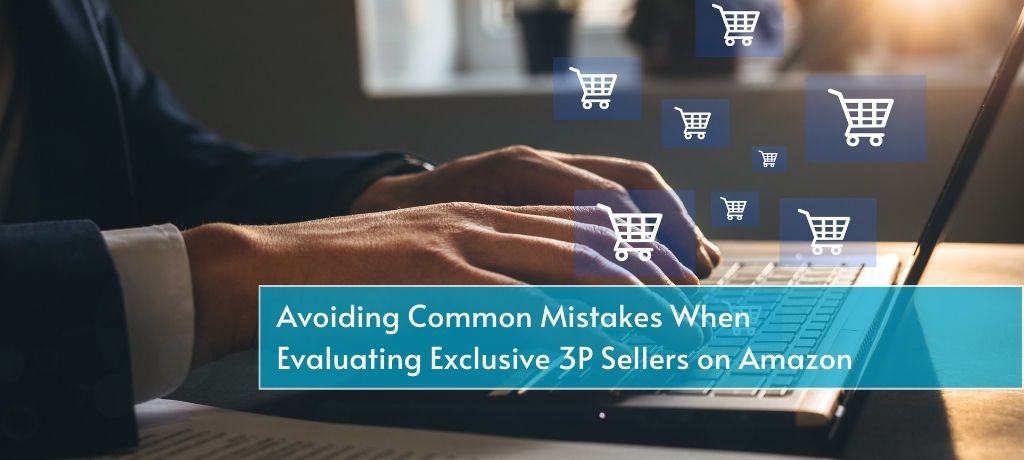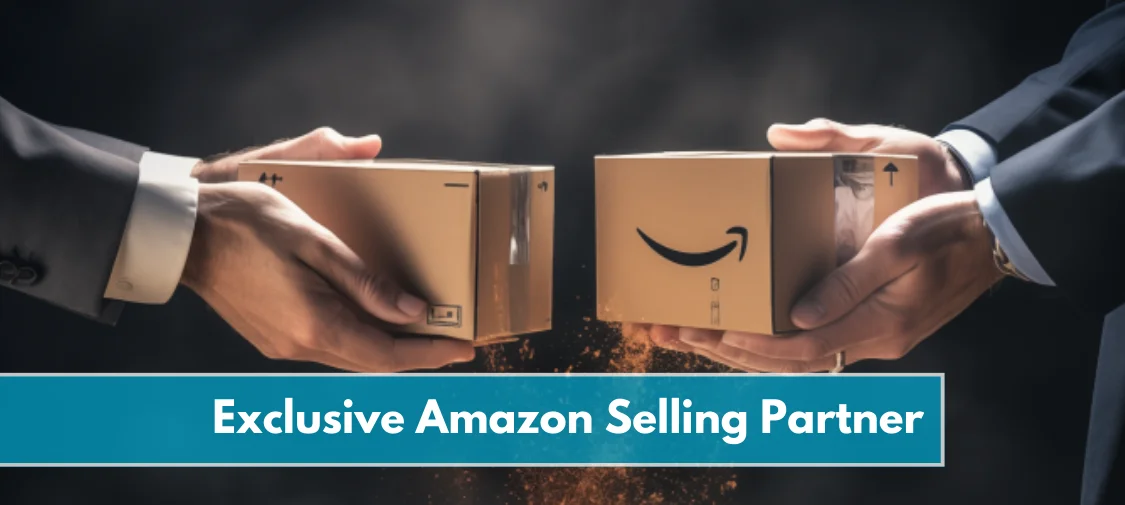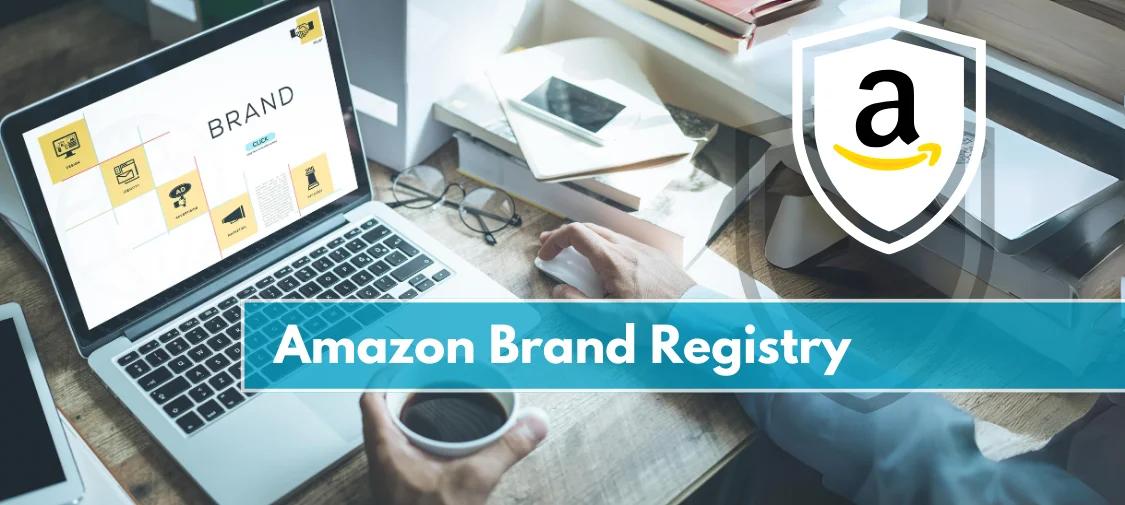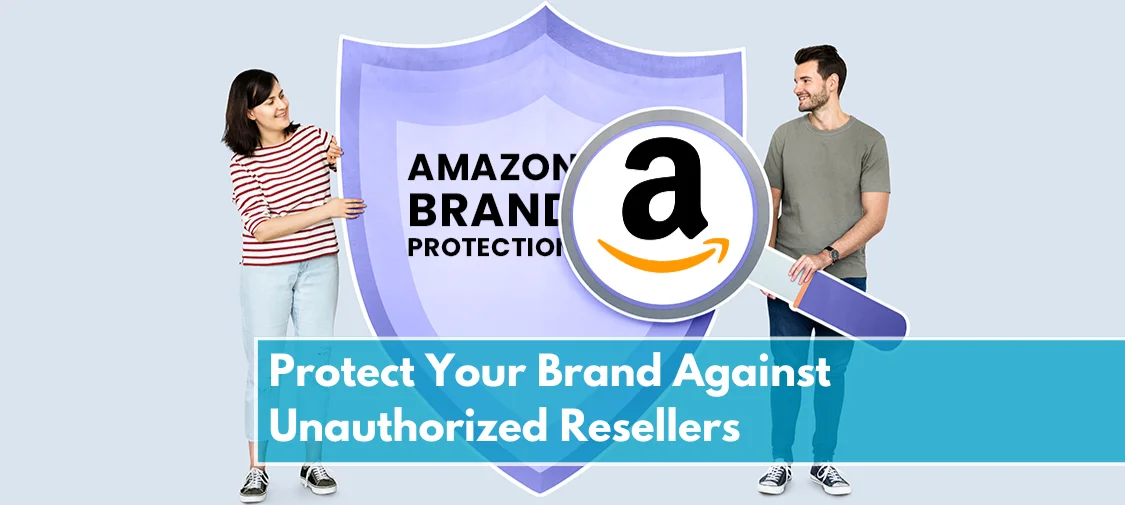Amazon
Avoiding Common Mistakes When Evaluating Exclusive 3P Sellers on Amazon
Guide to Choosing a Reliable Exclusive 3P Seller on Amazon
Amazon.com, the world’s largest online marketplace, welcomes over 2,000 new sellers every day, allowing creative sellers to expand their retail, distribution, and e-commerce operations with the help of innovative tools and possibilities.
Amazon’s network effect principle attracts more sellers by engaging customers with their products, encouraging additional vendors to offer more products on the marketplace. The extreme end of the spectrum represents the service’s increasing value to sellers as the number of other consumers rises.
Third-party seller Amazon option is one of many cooperation types offered to merchants by Amazon. Our blog can help you choose a reliable Amazon third-party seller. We’ll share key insights and address the challenges faced by Amazon sellers while trusting the right 3P partner!
What Are Third-Party Sellers?
Brand manufacturers who sell their products directly to Amazon are known as first-party sellers (1Ps). Amazon sells these products to customers, and the label “Ships from and sold by Amazon.com” appears on the listings to identify items sold by 1P sellers. Here, Amazon serves as the official owner of the goods, before they are sold to the customer.

Even though Amazon is the manufacturer of record (MOR), they acquired the goods via a reseller, making them a second-party (2P) vendor. Amazon usually uses 2P to augment its inventory since it is less frequent. “Ships from and sold by Amazon.com” is another label on some products.
A third-party vendor, sometimes called the MOR, sells directly to customers through Amazon. The words “Fulfilled by Amazon” or “Ships from and sold by (retailer)” will be shown next to these products. The things that third parties offer can be either stolen or counterfeit, or they could have bought them directly from the manufacturer.
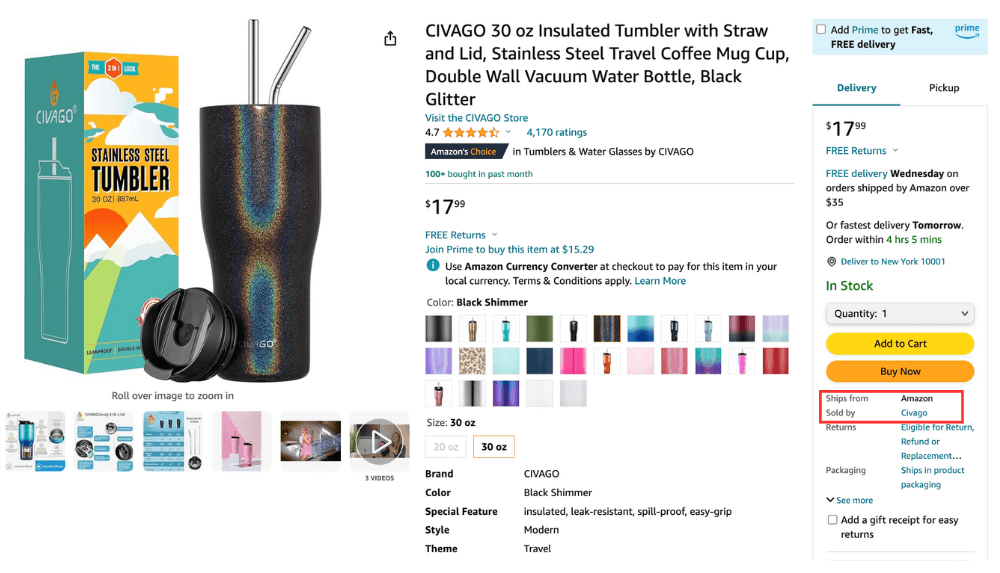
What’s The Share Of Third-Party Sellers On Amazon?
Amazon accommodates an extensive community of third-party sellers, with close to 2 million entities, predominantly comprising small and medium-sized enterprises (SMBs). An overwhelming 89% of these sellers have achieved profitability, with over half reporting profit margins surpassing 15%.
Notably, a significant portion of Amazon entrepreneurs (58%) start their ventures with a modest investment, with a quarter spending less than $1,000. Among the various fulfillment options available, Fulfillment by Amazon (FBA) is favored by 86% of third-party sellers.
Private label sales take the lead, constituting 54% of Amazon’s third-party seller base, followed by wholesale at 26%. Generally, it takes around three months for Amazon sellers to establish a fully operational store, dedicating an average of 20 hours per week to manage their businesses efficiently.

According to the Statista report of 2024, Amazon 3rd party sellers account for around 60% of all products sold on the platform.
Choosing an Exclusive 3P Seller? Here’s What To Look For!
With an influx of sellers flooding the market, brands must navigate the noise and identify the ideal partner to maximize growth and revenue. But fear not, as we unveil the essential checklist for brands to consider when evaluating exclusive 3P sellers.
Brand Representation:
Dive deep into the seller’s portfolio to uncover the significant brands they currently represent. A reputable seller should boast diverse brands and readily provide references upon request.
Sales Performance:
Assess the seller’s track record by examining their sales volume in marketplace channels. The best 3P sellers typically generate upwards of $300 million in annual sales for their partner brands.
International Reach:
Expand your horizons by partnering with a seller who can distribute and sell your products on international platforms. Look for sellers who offer a comprehensive global marketplace solution, enabling your brand to reach new heights across borders.
Growth Rate Transparency:
Seek sellers who openly share their average brand partner growth rates, which should outpace industry standards by a significant margin.
MAP Compliance:
Ensure the seller upholds Minimum Advertised Price (MAP) compliance rates to maintain control over your brand integrity. Transparency regarding MAP compliance demonstrates the seller’s commitment to protecting your brand’s value in the market.
Investment in Legal Foundation:
Evaluate whether the seller is willing to invest in legal measures to safeguard your online sales channels and combat unauthorized sellers. A dedicated seller will invest in legal measures to protect your brand.
Share
